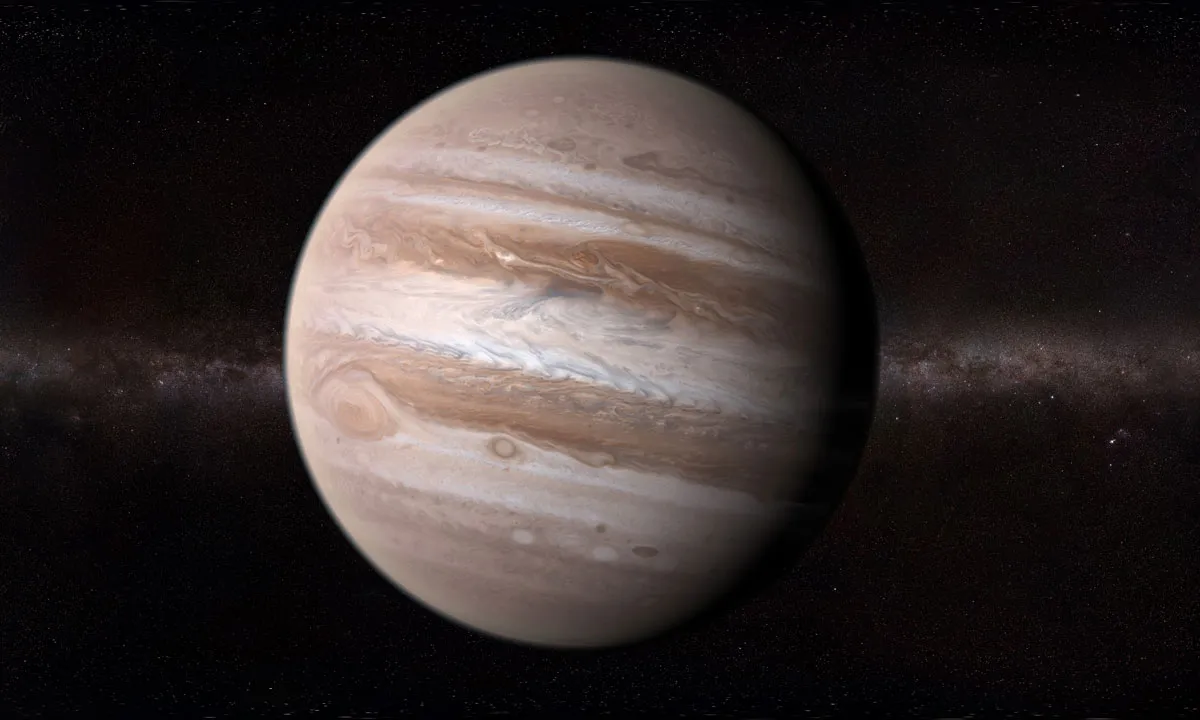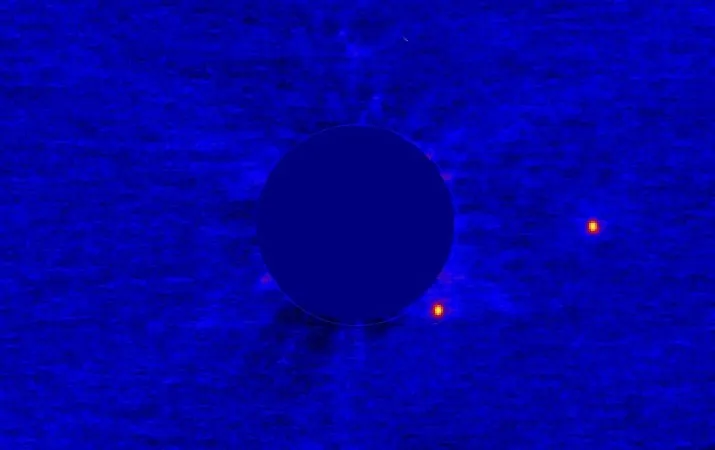Sure, Earth is where all the best people live (including you, obviously). But there are bigger planets than our home in the Solar System and across the Universe.
And that's just the ones we know about. As only a fraction Universe has been detailed – even with the more recent introduction of the James Webb Space Telescope – there are many more planets out there to discover.
Regardless, scientists have identified what’s believed to be the largest planet in the known Universe. Spoiler: it’s much bigger than anything orbiting the Sun.
Read on to find out what the biggest planet in the Solar System is – and to see what’s thought to be the largest planet in the universe that has been discovered.
What’s the biggest planet in the Solar System?

The biggest planet in the Solar System is Jupiter. It’s a bit of a brute. The gas giant weighs over double that of every other planet in the Solar System combined.
Thanks to its gargantuan size and large gravitational pull ensure that it holds 80 confirmed moons in orbit.
To put it in increased perspective, the fifth planet from the Sun has a radius of 69,911km, making it approximately 11 times wider than the Earth’s 6,371km. If Earth were the size of a 20p coin, Jupiter would be about as big as a football.
In terms of surface area, Jupiter measures 61,418,738,571km², compared to Earth’s 510,064,472km².
The Sun, however, is much larger still. While Jupiter’s diameter is around 11 times larger than the Earth’s, it is around ten times smaller than the Sun’s.
Yet while Jupiter is for sure the largest known planet in the Solar System, there are bigger ones out there.
What’s the biggest planet in the universe?
The biggest planet in the known universe is likely a giant exoplanet named ROXs 42 Bb. This gas giant, nearly 500 light-years from Earth, was discovered in 2013.
According to NASA, ROXs 42 Bb has a radius that’s estimated to be 1.12 times that of Jupiter’s.

As new details on the surrounding galaxies and universe emerge, it's likely scientists will discover new planets even bigger than ROXs 42 Bb. The line does blur, however, over what classifies as a planet and what is, in fact, a brown dwarf – objects that are somewhere between a planet and a star.
You can think of brown dwarfs as failed stars – they essentially didn't gain enough mass to kickstart nuclear fusion in their cores. Instead, planets form from the accumulation of leftover debris from these stellar births.
Brown dwarfs are also too big to count as planets, which are technically classified as about 13 times the mass of Jupiter. ROXs 42 Bb has the estimated mass of nine Jupiters so it can still be defined as a planet.
Read more:

